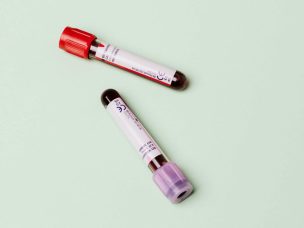But widening geographic disparities observed, mostly accounted for by within-state differences
The rate of premature cardiac deaths (PCDs) decreased across U.S. counties from 1999 to 2017, although widening geographic disparities have been observed, according to a study published online July 29 in the Journal of the American Heart Association.
Yinzi Jin, Ph.D., from the Peking University School of Public Health in Beijing, and colleagues examined disparities in PCD rates across U.S. counties and examined county-level factors related to the disparities. PCD was defined as death between 35 and 74 years of age with an underlying cause of death caused by cardiac disease.
The researchers found that 60.9 percent of the 1,598,173 PCDs that occurred during 1999 to 2017 were out of hospital. From 1999 to 2017, the rates of PCDs declined, while there was an increase in the proportion of out-of-hospital PCDs among all cardiac deaths from 58.3 to 61.5 percent. From 1999 to 2017, the geographic disparities in PCD rates widened, and within-state differences accounted for most disparities (57.4 percent in 2017). The disparities between out-of-hospital and in-hospital PCD rates, respectively, were 36.51 and 37.51 percent in association with demographic composition; 18.64 and 18.36 percent for socioeconomic features; 18.64 and 13.90 percent for health care environment; and 23.73 and 30.23 percent for population health.
“The slower declines in out-of-hospital rates is alarming and warrants more precision targeting and sustained efforts to ensure progress at better levels of health (with lower PCD rates) against PCD,” the authors write.
Abstract/Full Text (subscription or payment may be required)










